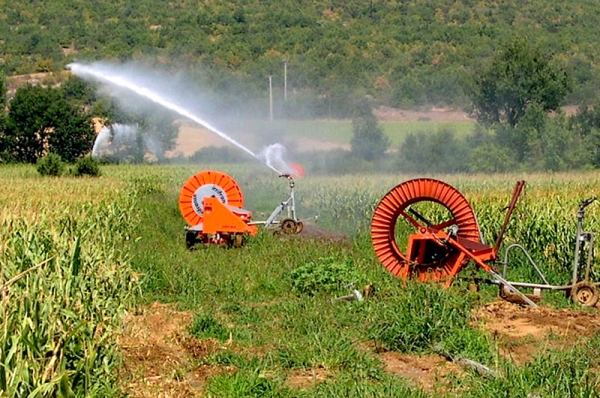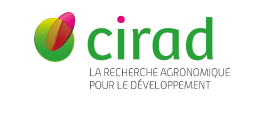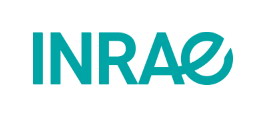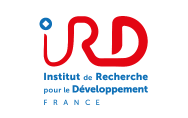You can preview this study via the summary below. And to find out more, download the full report here.
Summary
Irrigators can obtain subsidies from FEADER for their investment in irrigation equipment, provided their new irrigation infrastructure can potentially allow water savings of 5 to 25%, without having a negative impact on crop yield. In this purpose, an ex-ante assessment of potential water savings through the anticipated investment is necessary. Though, no methodology is available so far to quantify ex ante these water savings.
The aim of this study was to develop a simple tool to allow farmers, irrigation advisors and institutions that examine the subsidy files, to assess ex-ante potential water savings that can be realised when switching from an existing system to a new one, taking into account the crop, soil and climate context of the installation.
References on water savings realised at plot scale through the replacement of irrigation devices or irrigation management equipment were collected from different organisations. They represent a wide range of pedoclimatic conditions on the metropolitan French territory and are related to field crops, fruit and vegetable production.
It appears that the values of achieved water savings show considerable variability. For a given crop, this variability is observed between different experiments because of the soil and climate characteristics. Within the same experiment, results are not systematically reproducible from year to year. The highest water savings are often observed during humid years and are less important in dry years. They also tend to be greater in soils with low water holding capacity.
From these collected references, a referential of potentially achievable water savings through the change of irrigation equipment or irrigation management could be developed.
In addition, a detailed analysis of irrigation efficiency was performed in order to determine the origin of irrigation water losses for different irrigation systems and quantify these losses. It allowed to differentiate potential water savings related to the performance of the irrigation system itself from those related to the irrigation practices. It pointed out that water savings are surely attributable to the modernisation of irrigation equipment (reduction of distribution heterogeneity, drift/direct evaporation during sprinkler irrigation, soil evaporation), but also to the irrigation management (reduction of drainage and residual water in soil after harvest). To promote water savings, it seems relevant to support, in parallel with the investments in water saving material, the improvement of irrigators’ practices and, among others, irrigation scheduling.







